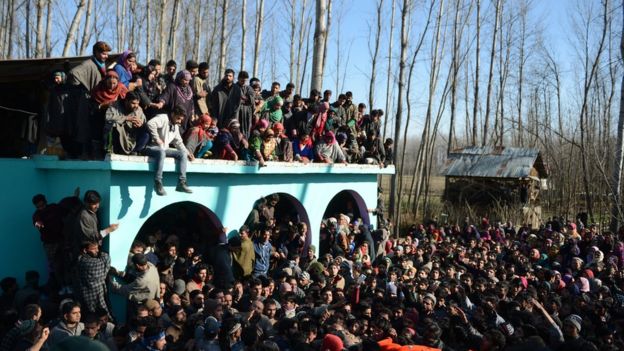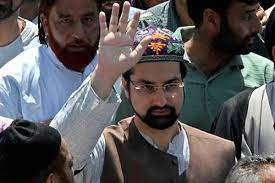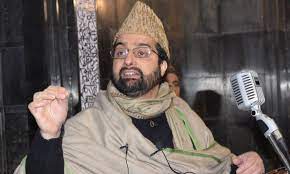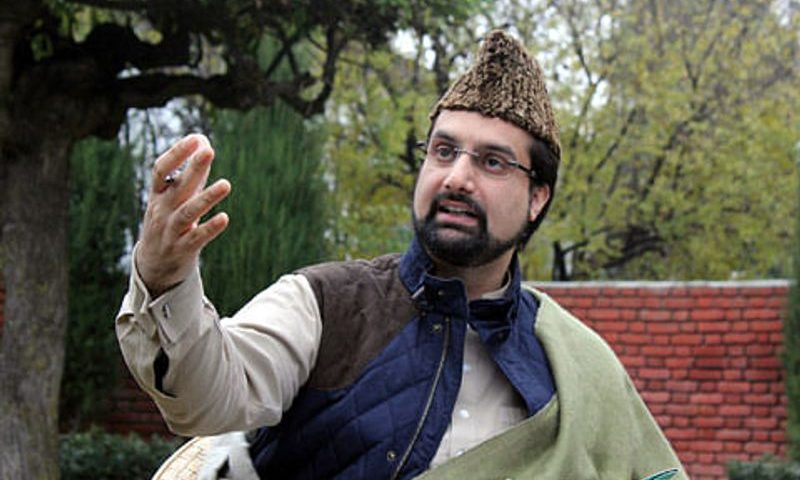For the first time in more than 25 years of conflict in Indian-administered Kashmir, the Jammu and Kashmir police on 18 February issued what would seem like an obvious security advisory – asking people to stay away from battles being fought between armed forces and militants.
“(They) should not venture out as they can get hit by stray bullets. Residents are also requested not to come out of their houses or peep out of windows,” a police spokesman said, adding that they had requested village elders and headmen to warn people as well.
It would be easy to think that the advisory was in response to the deaths of two young students killed by stray bullets in south Kashmir’s Pulwama district on 14 February, but this is not the only reason.
In a strange departure from the past, when gun battles between militants and armed forces had civilians fleeing for cover, authorities are seeing more people, mainly youth, flocking to battle sites.
This was most recently seen in Pampore earlier this month, where a 48-hour-long battle killed nine people, including two captains from India’s security forces.
Renewed sympathy
The present mood can be compared to the early 1990s when armed rebellion broke out in Kashmir with the popular support of people.
This renewed sympathy may be a temporary phase but it signals a change of mood on the ground which did not happen overnight.
It has been prompted by a complete breakdown of all government measures that indicated any urge or desire to deal with Kashmir politically.
Militant groups in Kashmir actually suffered setbacks in the mid-90s, mainly due to internal rebellion and the birth of the pro-army Ikhwan, categorised as “renegades” by the separatists.
As a result, they came to be dominated by foreigners, largely Pakistanis.
This, along with a reconciliatory process between India and Pakistan – as well as Srinagar and Delhi – helped consolidate “peace”.
However, the hanging of Afzal Guru in 2013, along with a growing sense of despondency and frustration, began changing the mood. This has been exacerbated by media narratives that have been perceived as being “anti-Kashmir”.
Some analysts say that the decision of the regional People’s Democratic Party (PDP) to ally with India’s Hindu nationalist BJP could also be a factor.
The PDP campaigned for the 2014 state polls on an anti-BJP plank, which mobilised youth in south Kashmir in particular, but ultimately allied with them to form the government.
With the federal government showing little intent of politically engaging with Kashmir in any meaningful manner, its youth seem to be drawn towards militant violence.
Recently, 21-year-old Burhan Wani from south Kashmir’s Tral area has been dominating social media with videos that incite youth to take up arms.
Heroes farewell
But official figures suggest that the attraction towards militancy among Kashmiri youth began much earlier.
They indicate that 60 civilians joined militant groups in 2014 and 66 in 2015, up from 28 in 2013. Local militant group Hizbul Mujahideen is also making a comeback – earlier the scene was dominated by Pakistan-based Lashkar-e-Taiba and Jaish-e-Mohammed.
Increased activity means more militants have started getting killed. But in a very significant change, large crowds have begun attending their funerals.
The funeral of a Lashkar-e-Taiba commander Abu Qasim – a Pakistani – was attended by more than 30,000 people, and two villages actually fought over where he would be buried.
There were far fewer people at the funeral of state chief minister Mufti Mohammad Sayeed who died in office on 7 January.

Funerals of other militants have also seen large turnouts and that explains why the police opted to quickly dispose of the bodies of the three Pakistani militants killed in Pampore. The people of the area had, in fact, been aggressively asking for the bodies.
So how have militants become heroes in Kashmir again?
With little development on the political front, the involvement of local youth in militancy could be one factor.
Also, many believe that the new breed of Kashmiri militants is “harmless”.
This is seen in the context that unlike in the 90s, today’s militants do not make the life of a common citizen difficult. They don’t indulge in local disputes, don’t interfere in the functioning of the government, nor do they resort to extortion.
The larger problem though is the government’s continuous refusal to recognise that the concerns of Kashmir are rooted in a political dispute and refusal to address them politically, which has left a fertile space for extremism to grow.





